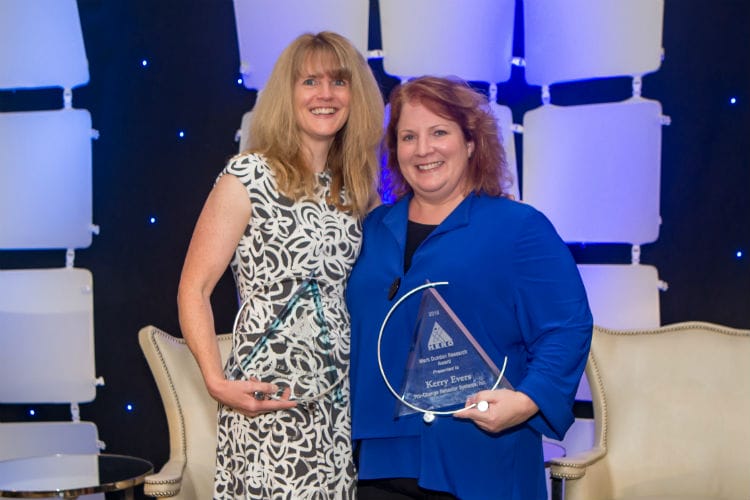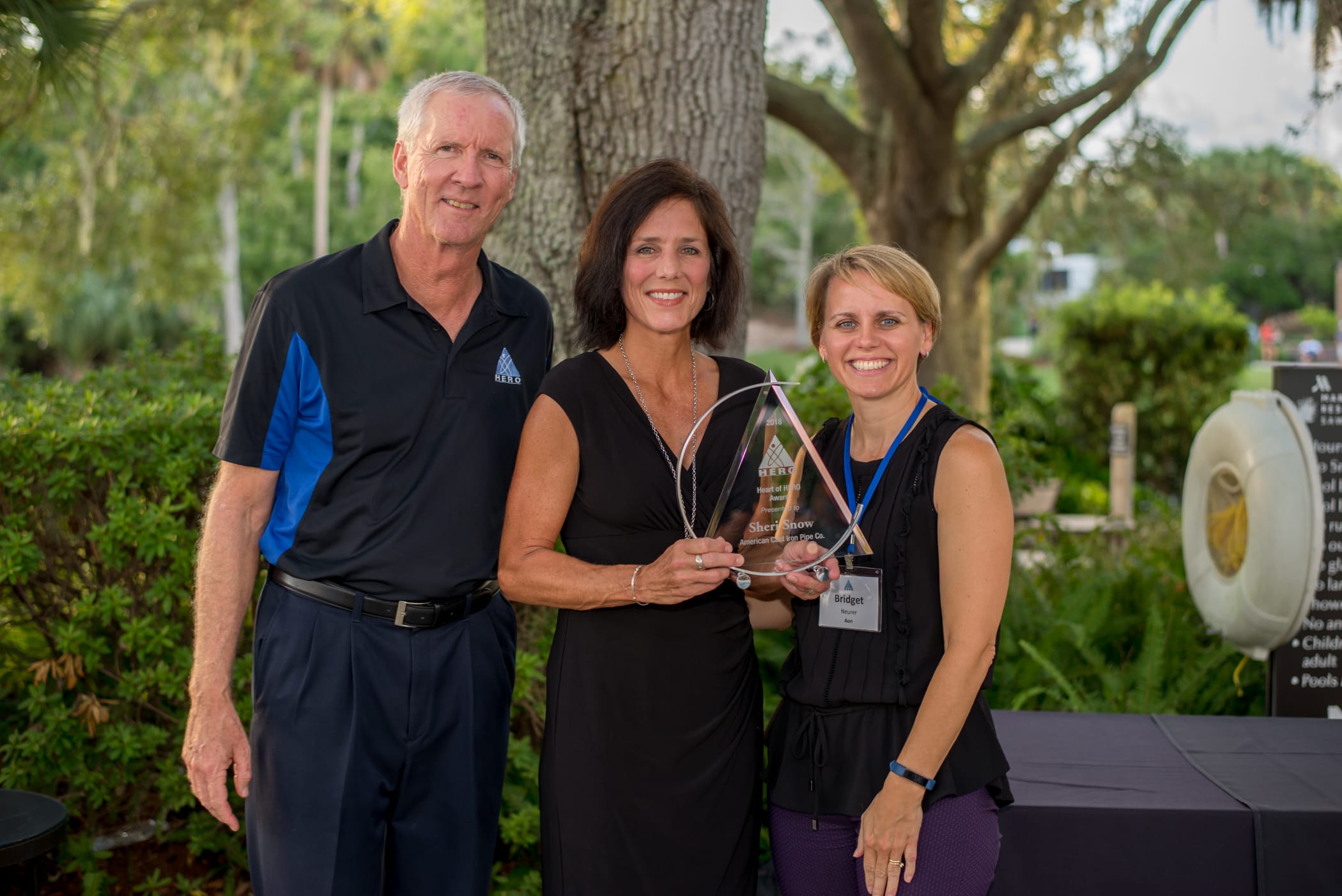Fresh fruits and vegetables may be a luxury for certain people and communities, but some organizations are taking a proactive step by creating companywide gardens on their campuses.
Intuit Inc. and PayPal are two companies that use StartOrganic in their workplaces. Founded by Josh Levine and Troy Smothermon in 2011, StartOrganic is a California-based company that brings organic gardening education to employers, schools and private residences.
For organizations with larger locations like Intuit’s Silicon Valley campus and PayPal’s campus in San Jose, employees can plant and harvest their bounty at work. For smaller organizations or high-rise offices, there are educational programs so employees can start gardening at own home.

The art and the science of growing one’s own food has been lost, Levine said, and companies can carry the social influence needed to promote that.
“If they’re able to provide growing space or if they champion a cause like, ‘It’s important for people to know how to grow their own food,’ then they’ll influence the community around them,” he said.
Even on campuses with a lot of space for corporate gardens, that’s not necessarily the end goal of the program, according to Levine.
“We’re there every week to teach them the ins and outs of practically growing their own food so that they can take that home and start their own home garden,” he said. StartOrganic provides gardening tools on site, from trowels to cutting utensils.
Smothermon or Levine will hold a monthly class for all the growers to prepare them for the next month of their garden. Additionally, one of them goes on site once a week to answer questions and provide guidance to growers.
Also read: Green Thumbs and Living Walls in Urban Areas
Robert Scontrino, developing engineering manager at PayPal, is one employee who has taken his gardening skills back to his home, where he has a 2-year-old daughter and two garden plots. “That’s something that I might not have done if I wasn’t part of this program,” he said.
It also allows Scontrino to carry on a tradition that he grew up with as a boy. His grandfather did a lot of gardening. While Scontrino didn’t do very much in his grandfather’s garden, he spent a lot of time in the garden itself, observing what was going on and eating the food.

“[The PayPal garden] does bring back some of those memories,” he said. “There’s a lot of rosemary in the garden, and smelling that rosemary actually brings back some very fond memories of me spending time with my grandfather in his garden.”
Scontrino also enjoys the campus garden because it allows him to meet people with similar interests. The overall experience has been “quite the learning experience,” he said, and he’s picked up knowledge like what plants grow in what seasons, how to grow them and when to pick them.
Also read: Workplace Gardens Taking Root
He also appreciates gardening as a way to help relieve the stress of the work day. He tries to find the time to walk to the garden a couple times a day to unwind and see what’s going on.
Gay Jacobs, executive assistant to VP, general counsel, at PayPal, also participates in the program. As someone who appreciates organic food and has a plant-based diet, this is one way for her to access healthy, fresh organic food. “It’s been eye-opening just to see the process and to see how long it takes to grow [vegetables] and how much fresher they are.”
She typically spends time in the garden twice a week, on Tuesdays when Levine is there to answer questions, and on Fridays before the weekend starts. During growing season, she can check on her plants before the weekend, then in harvest season she’ll pick food that she can use the following Sunday to meal-prep for work. She starts out each day with a protein-packed green smoothie and eats salads every day.
Jacobs also appreciates the social and community aspect of the garden. “You see everyone else out their tending to their gardens, and we talk about what’s going on,” she said. If she and other gardeners are growing different things they sometimes will share with each other.
Also read: Consider Fresh Air and Relaxed Hikes to Combat Work Stress
Loved ones in her life also give her ideas on what to do with her harvest. “One time, I had a foot-long zucchini. I didn’t know what to do with it!” she said. A friend suggested she make zucchini bread, and after experimenting with the recipe, it’s now one of her favorite things to make. She’s looking forward to zucchini season this year so that she can further perfect her recipe.

Gardening has allowed her to add new elements to her go-to dishes and soups. For example, while she was growing broccoli, she noticed how big the leaves were and wondered if they were edible. After some research, she confirmed that they are edible and chops them up for soups.
PayPal has 56 plots, up from 15 plots when the program began in 2013, and generally two employees share a plot, said Julie Vennewitz-Pierce, director of PayPal Gives. All employees are welcome to sign up and there’s usually a wait list that gives employees a spot on a first-come, first-served basis.
“The goal was, and still is, to provide an opportunity for employees to grow fresh vegetables, herbs and flowers in the spirit of environmental sustainability and employee wellness,” Vennewitz-Pierce said.
Moving forward, this year PayPal is working with StartOrganics to launch a composting program. Employees can learn how to compost scraps for their plots and how use that compost in their gardens.
PayPal also has a garden with 40 plots at its offices in Omaha, Nebraska, Vennewitz-Pierce said. This one isn’t managed by a vendor but by the company’s facilities team.
Currently, StartOrganic operates in California, Smothermon said. California works best from a logistical point of view. Growing seasons are different in various geographic areas of the country, and there are certain plant diseases that happen in some parts of the country but not others.

But its founders are open to working other places, he added. For example, a company in New York requested its services for an educational program.
“No matter where you’re growing, there are some basics that are universal,” Smothermon said. “Even in New York, once the weather warms up a bit, you want to have the same sort of infrastructure.”






